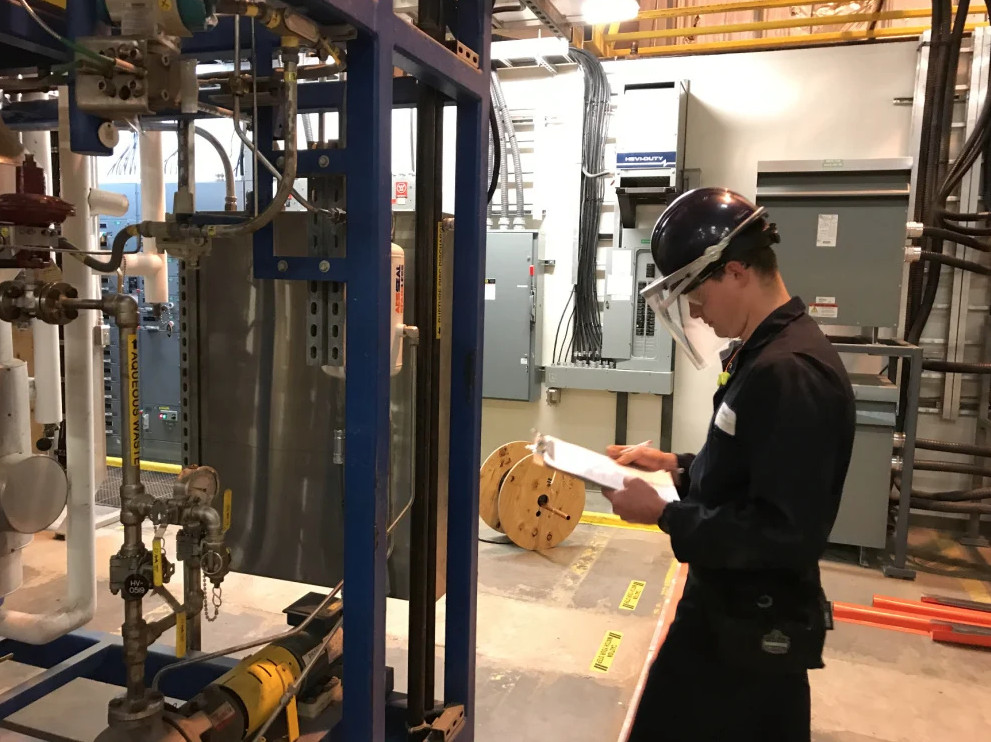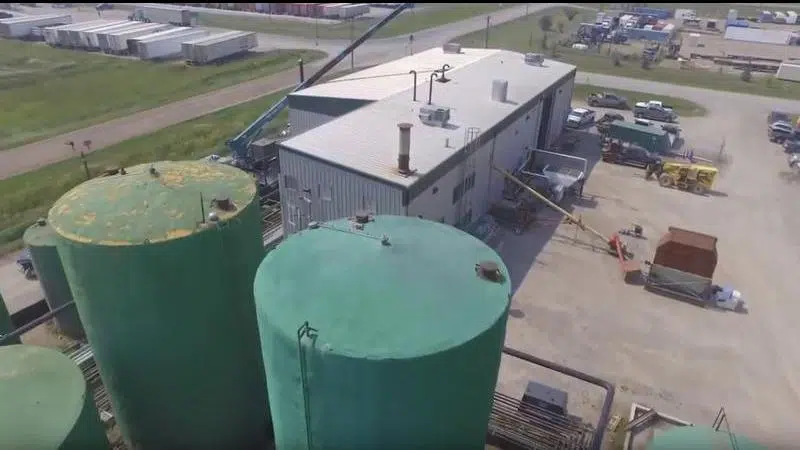
Company plans biorefinery for zero-emission heating oil in Maine
Biofine Developments Northeast Inc. of Bangor has formed a partnership with Sprague Resources LP to produce a patented biofuel made from forest product waste.
I have been following this individual and his process for 10 plus years. he had a small plant in Gorham Maine but could not attract funds to scale it up. He then went up to Old Town Maine and partnered with a pulp mill to grab his base stock from the black liquor stream that is normally fired in recovery boiler to heat the pulping process and recovery chemicals. He also worked with U Maine at the site but the pulp mill shut down and the new owner apparently is uninterested in the partnership. At the time they were saying that in order to scale the process up, the pulp mill was too small and production facility would be in the billion dollar range. There was a subsequent attempt at building a biofuel plant in East Millinocket Maine, but the developers were mostly into creative financing with government money.
There is a lot of funding from the US government being offered to Maine and other northern regions to turn low grade wood into high value materials and it looks like they are going to be getting a chunk of it. The market for low grade wood dried up when biomass power subsidies dried up and were transferred to solar and wind projects. There are other firms like Ensyn (broken link removed to http://www.ensyn.com/ensyn-fuels-inc.html) that sell a heating oil replacement for #4 oil but its tricky stuff to handle (I managed a project to do their first commercial conversion in North Conway NH). Its not a drop in replacement and requires a entirely stainless steel fuel storage and heating system plus it degrades quickly. It also cost more than dino fuel but the added cost is offset by selling RINs to the oil companies that are required to buy them (very similar to ethanol)
The government also invested hundreds of millions in Range Fuels in Georgia owned by tech investors to make cellulosic ethanol from wood wastes. It went bankrupt once and then refunded again by the US government and then went bankrupt again. The tech investors reportedly walked away with a profit by creative financing.
Ultimately all the biofuel concepts out there have suffered from the same fundamental issue, the technology is well known, its just that the price of crude oil is so cheap its not competitive. Throw in carbon credits and the math may change. Hopefully this one is different if its truly a drop in replacement for home heating oil.
One of the other issues is if someone goes to all the trouble to process the wood, there are a lot of higher value chemicals that are available from the process that far more valuable than heating oil. The problem is most of those chemicals cost more to make than their dino equivalents.


![[Hearth.com] New Green Drop in replacement for Heating Oil [Hearth.com] New Green Drop in replacement for Heating Oil](https://www.hearth.com/talk/data/attachments/266/266071-e4030f4a783ac84ae22175d972e89e5e.jpg?hash=JkdQpb-kmp)
![[Hearth.com] New Green Drop in replacement for Heating Oil [Hearth.com] New Green Drop in replacement for Heating Oil](https://www.hearth.com/talk/data/attachments/266/266073-6d8d60f9c22c9ade99fb977b73303be6.jpg?hash=WalCVhpaxN)
 ) the DOE was seriously looking at a concept like this to displace liquid fuels. They were eyeing the entire northern forest along the US Canadian border. I think the economic target was around $200 a barrel but think they would be closer to $300 to start.
) the DOE was seriously looking at a concept like this to displace liquid fuels. They were eyeing the entire northern forest along the US Canadian border. I think the economic target was around $200 a barrel but think they would be closer to $300 to start.
